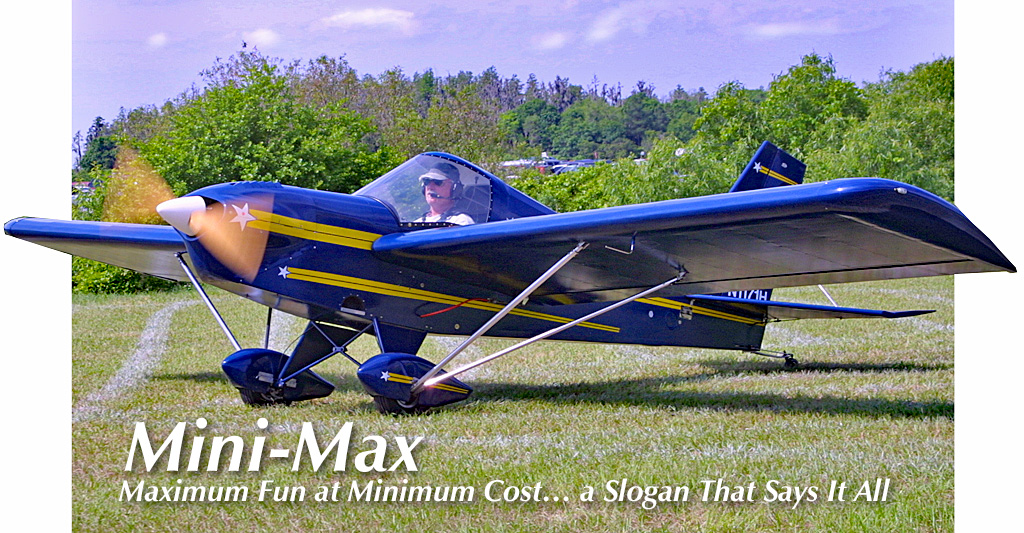
The grand finale to this series on Vintage Ultralights during the month of April 2020 focuses on an airplane that can be very inexpensive if bought used. However, even new models are quite the bargain brand new — $6,195 for a complete Mini-Max kit, not including engine, instruments, or paint — from Team Mini-Max LLC. The big difference is you must build a new one. For some this may be pure delight. Others want to fly sooner or don’t care to tackle the building effort. As alert readers may have noticed, Mini-Max shares something with the third in this series, Fisher’s Koala. That also-mostly-wood aircraft was designed by Mike Fisher and Wayne Ison. The last man was the principal of Team Aircraft in Tennessee. Ison passed away in August of 2014 at the age of 90. Wayne had a gentle yet determined way about him that I recall well.


 As alert readers may have noticed, Mini-Max shares something with the
As alert readers may have noticed, Mini-Max shares something with the 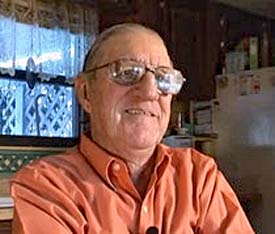 "When I asked why Wayne moved to Tennessee from Indiana, Scott recalls, Wayne replied, 'Winters were too brutal. So I put my snow shovel in the back of my pickup truck and headed south. When they no longer recognized what that shovel was, I figured I was safe. That was Tennessee.'” It sounds just like my memory of the man — logical, simple, decisive.
More Wayne wisdom from Scott: “Keep things simple, design around common materials and lengths.” ••• “Some of the simplest designs are some of the hardest to design.” ••• “Sometimes, you need to stop sanding and paint.”
And finally, one of my favorites: “Wheelpants are like lipstick: They make it look better so the airplane must perform better.” Logic like that is hard to beat. Thanks, Wayne (and Scott, for remembering)!
"When I asked why Wayne moved to Tennessee from Indiana, Scott recalls, Wayne replied, 'Winters were too brutal. So I put my snow shovel in the back of my pickup truck and headed south. When they no longer recognized what that shovel was, I figured I was safe. That was Tennessee.'” It sounds just like my memory of the man — logical, simple, decisive.
More Wayne wisdom from Scott: “Keep things simple, design around common materials and lengths.” ••• “Some of the simplest designs are some of the hardest to design.” ••• “Sometimes, you need to stop sanding and paint.”
And finally, one of my favorites: “Wheelpants are like lipstick: They make it look better so the airplane must perform better.” Logic like that is hard to beat. Thanks, Wayne (and Scott, for remembering)!
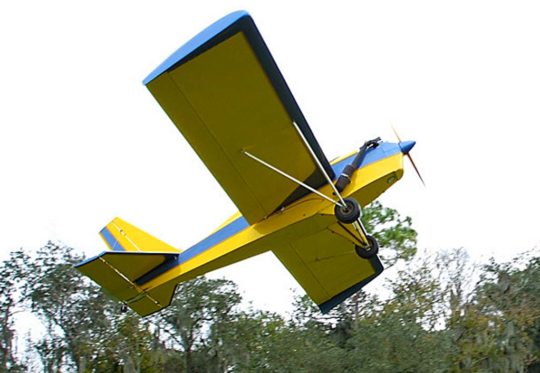 Videoman Dave wrote, "In 1984, while attending the Sun 'n Fun convention, I watched as a little single seat ultralight aircraft took to the air in some very gusty, cross-wind conditions. These were conditions that had grounded most of the other ultralight aircraft on the field," yet off into the air went this very light and surprisingly compact ultralight aircraft. Dave refers to Wayne's Mini-Max of course.
Videoman Dave wrote, "In 1984, while attending the Sun 'n Fun convention, I watched as a little single seat ultralight aircraft took to the air in some very gusty, cross-wind conditions. These were conditions that had grounded most of the other ultralight aircraft on the field," yet off into the air went this very light and surprisingly compact ultralight aircraft. Dave refers to Wayne's Mini-Max of course.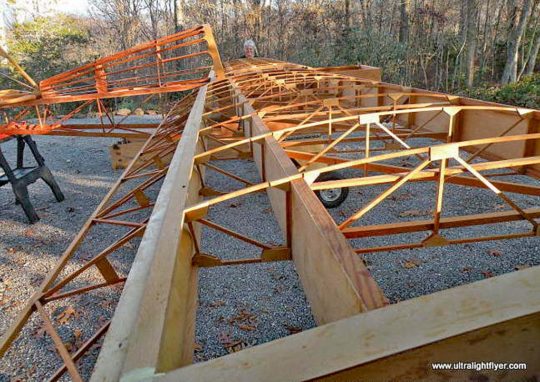 Build time is between 250 and 350 hours. Mini-Max can be built in a small area such as a single car garage. No special tools or equipment needed because much like the Fisher aircraft that had Wayne's hand in them, Mini-Max plans were full-sized; you work directly on very large sheets of paper. This helps newbies but also ensures greater accuracy as builders work to put all the "popsicle sticks" in exactly the right locations.
Build time is between 250 and 350 hours. Mini-Max can be built in a small area such as a single car garage. No special tools or equipment needed because much like the Fisher aircraft that had Wayne's hand in them, Mini-Max plans were full-sized; you work directly on very large sheets of paper. This helps newbies but also ensures greater accuracy as builders work to put all the "popsicle sticks" in exactly the right locations.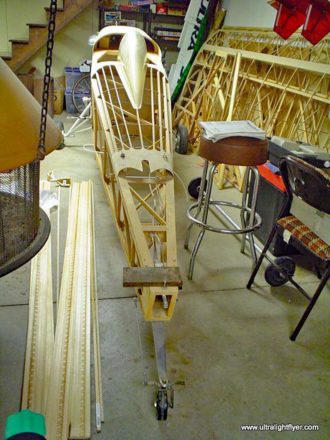 The Mini-Max line of aircraft has a strong following on the Internet. "Thousands of kits have been sold and are flying throughout the world," said Dave.
The Mini-Max line of aircraft has a strong following on the Internet. "Thousands of kits have been sold and are flying throughout the world," said Dave.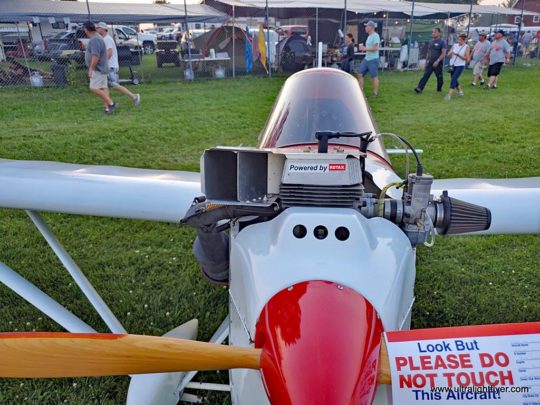 Cruise is an honest 55 to 60 miles per hour and stall speed is roughly 25 miles per hour.
Cruise is an honest 55 to 60 miles per hour and stall speed is roughly 25 miles per hour.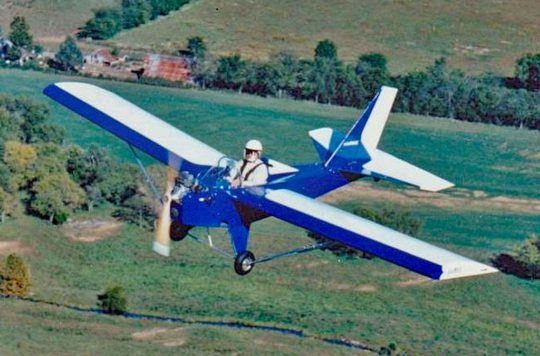 At the time of production of this video
At the time of production of this video 








